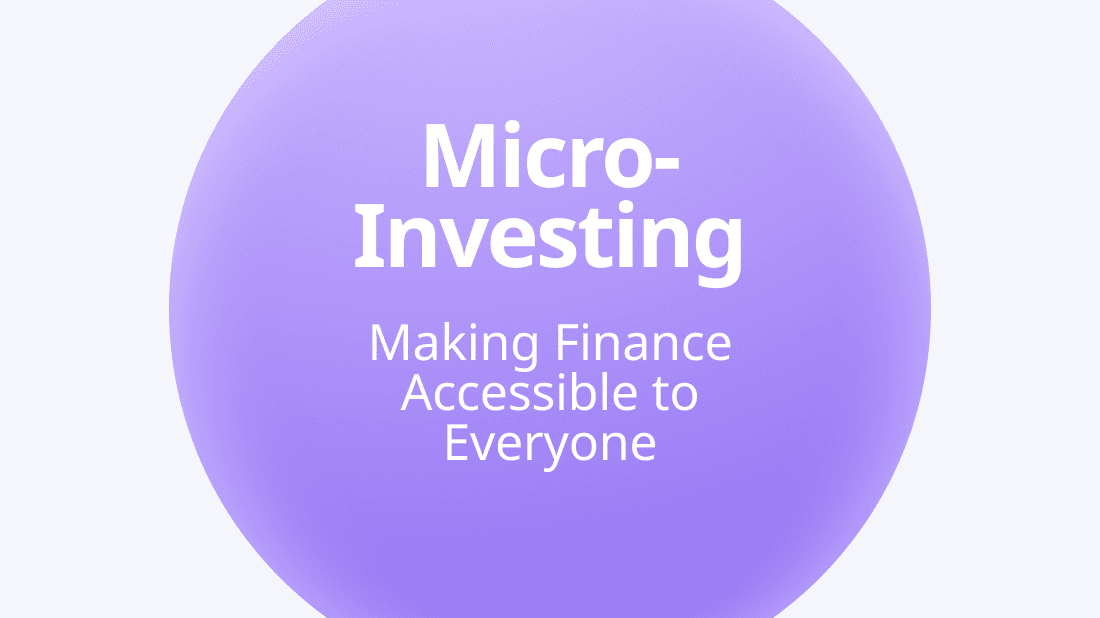Digital finance has emerged as a transformative force in the 21st century; fundamentally, it has altered the global economic landscape.
By integrating technology with financial services, digital finance encompasses a broad range of innovations, including mobile banking, online lending platforms, digital wallets, cryptocurrencies, and decentralised finance (DeFi).
These advancements are not only revolutionising how individuals and businesses access financial services but also influencing macroeconomic trends, reshaping regulatory frameworks, and altering global financial flows.
Let’s break down the eventful ways digital finance is reshaping the global economy, while examining the various components of digital finance, its impacts on economic development, financial inclusion, and regulation, and the challenges and opportunities it presents.
1. Defining Digital Finance
Digital finance alludes to the digitization of financial services and products, allowing users to access banking, investment, and other financial services via digital platforms. This includes:
Mobile banking and internet banking
Peer-to-peer (P2P) lending
Robo-advisors for investment management
Digital payment systems (e.g., Apple Pay, Google Pay)
Cryptocurrencies and blockchain technology
Decentralized finance (DeFi)
These tools leverage data, machine learning, artificial intelligence (AI), and blockchain to provide faster, more efficient, and more accessible financial services.
2. Driving Financial Inclusion
One of the most profound impacts of digital finance is its role in enhancing financial inclusion. In many parts of the world, particularly in developing countries, access to traditional banking services is limited. However, digital finance bridges this gap by providing services via mobile phones and internet platforms.
Case Study: M-Pesa in Kenya
M-Pesa, a mobile money transfer service launched in Kenya, has revolutionized access to financial services. As of 2021, over 90% of Kenyan adults use M-Pesa, enabling them to save, borrow, and transfer money with ease. This has led to increased savings rates, improved livelihoods, and stimulated local economies.
3. Economic Empowerment and SMEs
Digital finance empowers small and medium enterprises (SMEs) by offering easier access to capital through alternative financing platforms such as crowdfunding and P2P lending. Traditional banks often consider SMEs too risky or lack the infrastructure to serve them effectively.
Examples:
Platforms like Kiva and Funding Circle provide microloans and capital to entrepreneurs who may otherwise be excluded from traditional financial systems
Digital accounting and financial management tools help SMEs streamline operations, manage cash flow, and improve creditworthiness
4. Revolutionizing Payment Systems
Digital finance is dramatically transforming how payments are made. Traditional payment methods are being replaced by faster, cheaper, and more convenient digital payment solutions.
Global Trends:
The rise of QR code payments in Asia, particularly in China through apps like Alipay and WeChat Pay
Contactless payment adoption accelerated during the COVID-19 pandemic
Digital wallets and real-time payment systems gaining traction worldwide
This shift reduces transaction costs, enhances transparency, and increases the velocity of money in the economy, thus contributing to economic growth.
5. Cryptocurrencies and Blockchain Technology
Cryptocurrencies and blockchain are pivotal to the digital finance revolution. They offer decentralized, secure, and transparent alternatives to traditional financial systems.
Benefits:
Blockchain ensures transparency and reduces fraud
Smart contracts enable self-executing agreements without intermediaries
Cryptocurrencies offer financial services in regions with unstable fiat currencies
However, these technologies also present regulatory and security challenges that must be addressed to ensure stability and trust.
6. The Rise of Decentralized Finance (DeFi)
DeFi refers to the ecosystem of financial applications built on blockchain platforms that operate without centralized intermediaries. DeFi platforms enable lending, borrowing, trading, and investing using cryptocurrencies and smart contracts.
Impact on the Global Economy:
Disintermediation reduces costs and improves efficiency
Greater accessibility and inclusivity for users globally
The potential to reshape traditional banking and finance industries
Nevertheless, DeFi’s growth has outpaced regulatory oversight, leading to risks related to security, fraud, and market volatility.
7. Impact on Global Trade and Cross-Border Transactions
Digital finance is streamlining international trade and cross-border transactions. Conventional cross-border payments are often slow, expensive, and opaque. Digital solutions are addressing these issues:
Blockchain enables real-time settlement and reduces the need for intermediaries
Fintech companies like Ripple and TransferWise (Wise) provide faster and cheaper cross-border payment options
This enhances trade efficiency and encourages globalization by lowering barriers for businesses to engage in international markets.
8. Data-Driven Decision Making and AI Integration
Digital finance leverages big data and AI to improve financial services:
AI-driven credit scoring models assess creditworthiness more accurately and inclusively
Robo-advisors provide automated investment advice tailored to individual risk profiles
Fraud detection and cybersecurity systems use machine learning to identify suspicious activities
These innovations enhance financial stability, customer experience, and operational efficiency.
9. Regulatory Evolution and Challenges
The rapid evolution of digital finance poses significant regulatory challenges. Governments and financial authorities must balance innovation with consumer protection and systemic stability.
Key Issues:
Regulating cryptocurrencies and DeFi platforms
Ensuring data privacy and cybersecurity
Harmonizing regulations across jurisdictions for global fintech companies
Several countries are developing regulatory sandboxes to test and refine fintech innovations within controlled environments.
10. Central Bank Digital Currencies (CBDCs)
Central banks are exploring or launching digital versions of national currencies (CBDCs). These digital currencies aim to combine the efficiency of digital finance with the trust of central banking.
Notable Examples:
China’s digital yuan (e-CNY)
The European Central Bank’s digital euro initiative
The Bahamas’ Sand Dollar
CBDCs can enhance payment systems, support financial inclusion, and offer monetary policy tools. However, their implementation must consider privacy, security, and potential disruptions to banking systems.
11. Impact on Employment and Financial Skills
Digital finance is creating new employment opportunities in fintech and tech-driven finance roles. However, it also requires a new set of skills:
Digital literacy and cybersecurity awareness
Data analysis and AI proficiency
Understanding of blockchain and decentralized systems
Governments and institutions need to invest in education and training to prepare the workforce for this evolving landscape.
12. Environmental Implications
While digital finance offers many benefits, it also raises environmental concerns:
Energy-intensive cryptocurrency mining contributes to carbon emissions
However, digital finance can promote sustainable investments through green fintech and ESG (Environmental, Social, and Governance) platforms
The Road Ahead: Opportunities and Risks
Opportunities:
There is greater global financial inclusion
An enhanced economic efficiency and innovation
A more strengthened financial transparency and accountability
Risks:
Cybersecurity threats and data breaches
Regulatory fragmentation and arbitrage
Financial exclusion due to digital illiteracy or lack of access to technology
Additionally, digital finance is a powerful engine driving the transformation of the global economy. It democratizes access to financial services, fosters innovation, and improves efficiency. Yet, it also introduces complex challenges that require coordinated global responses.
Thus, to maximize the benefits of digital finance, policymakers, financial institutions, technology providers, and civil society must work together to build inclusive, secure, and resilient financial ecosystems. As the revolution of digital finance continues, its influence on the global economy will only deepen, reshaping the way we live, work, and transact in the years to come.








